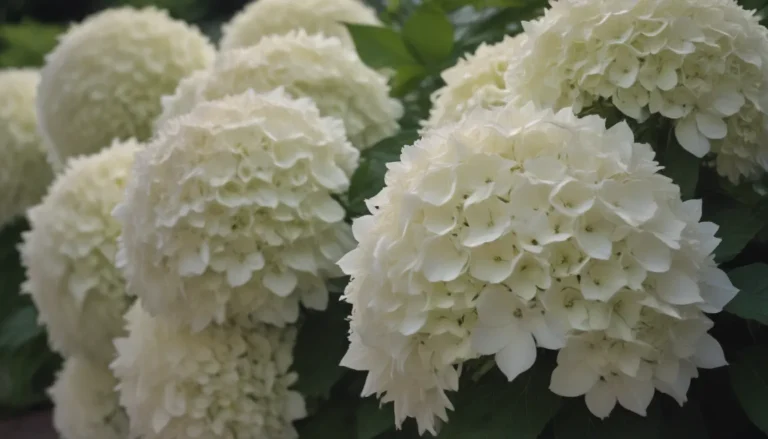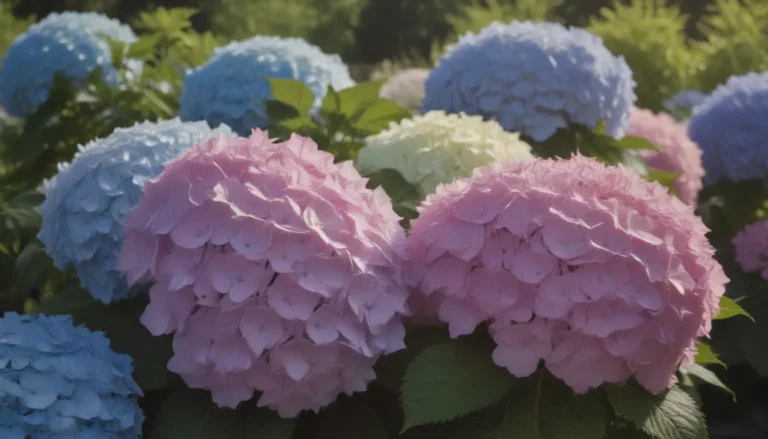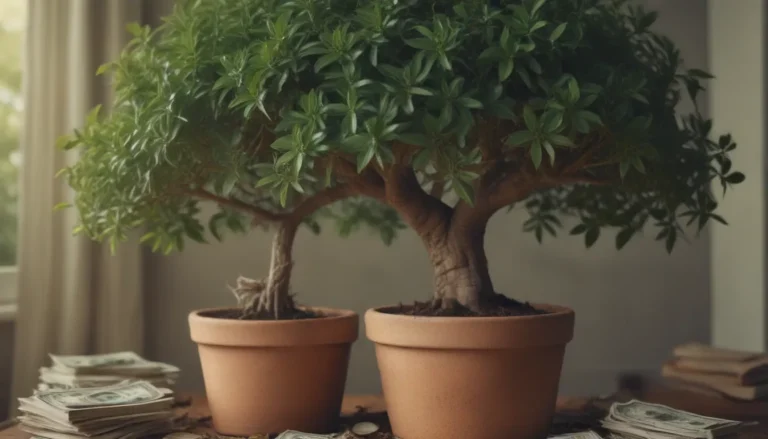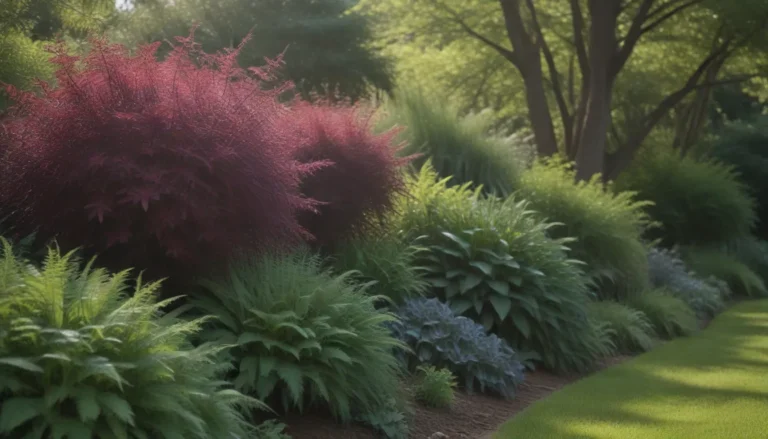Comprehensive Guide to Growing and Caring for Dragon Tree (Dracaena Marginata) Indoors
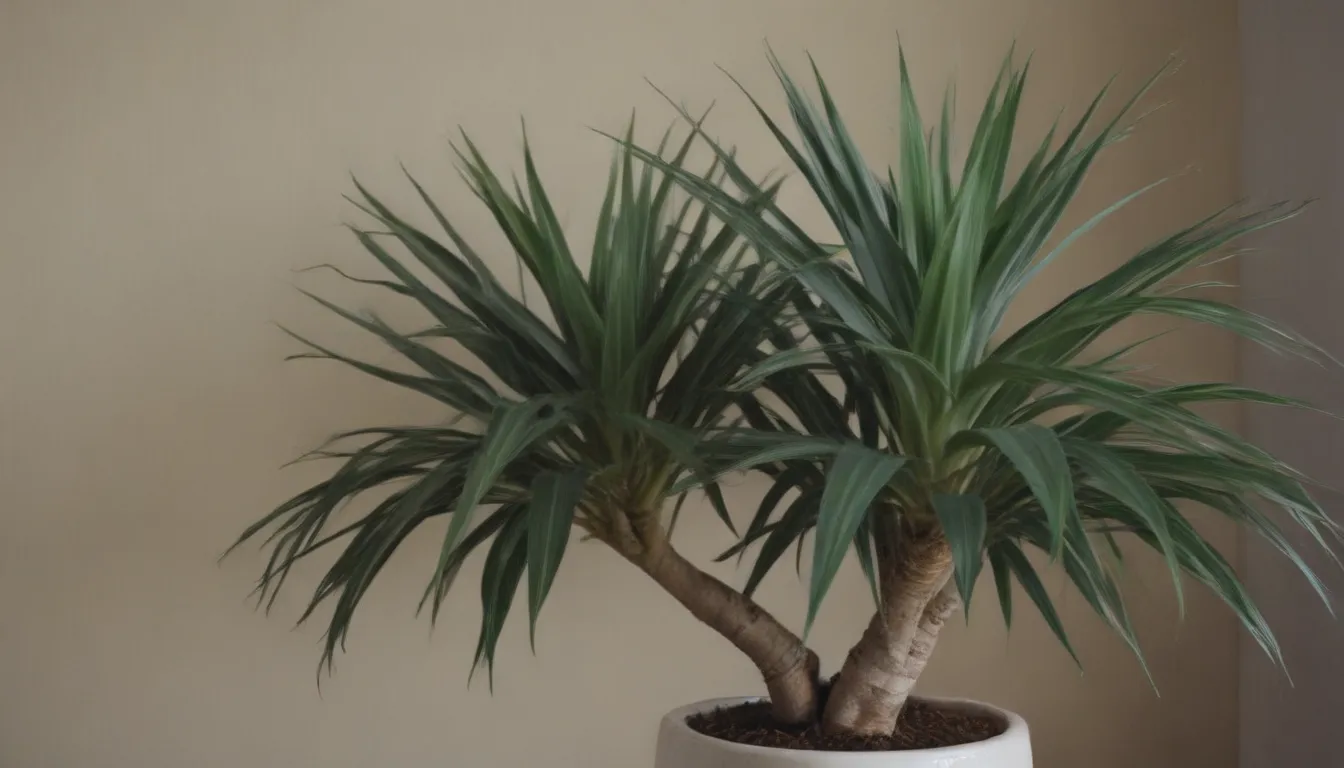
Welcome to our detailed guide on how to grow and care for the striking Dragon tree (Dracaena marginata) indoors. Native to Madagascar, this tall plant with green, sword-like, red-edged leaves is a beautiful addition to any home or office space. Known for its easy care requirements and striking appearance, the Dragon tree is a popular choice among indoor gardeners. In this article, we will share valuable information on how to successfully cultivate and maintain this unique plant in your indoor garden.
Dragon Tree Overview
The Dragon tree is a slow-growing plant that can take up to a decade to reach a few feet tall but has the potential to grow up to 20 feet in optimal conditions. However, when grown as a potted houseplant, it is typically kept pruned to a more manageable height of 6 feet or less. It is important to note that the Dragon tree is toxic to animals if ingested, so it should be kept away from pets.
Dragon Tree Care Tips
Light
- Place your Dragon tree in an area with bright, indirect light for optimal growth. Partial shade can also suffice.
- Avoid placing the plant in direct sunlight, as its foliage can easily burn.
Soil
- Use a loose, well-drained potting mix when growing the Dragon tree in a container. A loamy soil amended with peat moss is ideal.
- Ensure the chosen container has ample room for the plant’s extensive root system.
Water
- Water your Dragon tree only when the top half of the soil is dry, which may take up to three weeks.
- Be cautious not to overwater the plant, as it is drought-tolerant and can be sensitive to excessive moisture.
Temperature and Humidity
- Maintain your Dragon tree in temperatures between 70°F and 80°F for optimal growth.
- Regular household humidity should suffice, but misting the plant lightly with water can help in dry environments.
Fertilizer
- Feed your Dragon tree lightly with a balanced controlled-release liquid fertilizer at the beginning of spring to support new growth.
- While fertilization is not essential, it can aid in the overall health of the plant.
Types of Dragon Tree
Several varieties of Dragon tree are available, but the most commonly found in plant stores and used as household plants include:
– Dracaena marginata ‘Tricolor’:
– D. marginata ‘Colorama’:
– D. marginata ‘Bicolor’:
Pruning and Propagating Dragon Tree
Pruning
- Remove dead leaves as they self-shed to maintain the plant’s appearance.
- To keep the Dragon tree neat, trim back any leaves or stems that are beginning to deteriorate.
Propagating
- Easily propagate your Dragon tree using stem cuttings rooted in water. This process can be done in the spring when the plant is actively growing.
- Utilizing a rooting hormone is not necessary and cuttings typically sprout roots within three weeks.
Potting and Repotting
- Check your Dragon tree annually to determine if it requires repotting into a larger container.
- Look for roots protruding through the drainage holes as a sign that the plant is root-bound and in need of a bigger pot.
- Refresh the potting soil annually to maintain the plant’s health.
Common Pests and Problems
Pests
- Dragon trees are generally disease-resistant but may be susceptible to scale insects, mealybugs, and thrips.
- Combat these pests with neem oil, insecticidal soap, or horticultural oil as needed.
Common Problems
- Watch for issues such as leaves falling off due to overwatering, drooping leaves from under-watering, brown leaves from improper watering, and crispy leaves from excessive sunlight.
- Address these problems promptly to ensure the overall health and longevity of your Dragon tree.
Conclusion
In conclusion, the captivating Dragon tree is a versatile and low-maintenance plant that can thrive in indoor settings with proper care and attention. By following the guidelines outlined in our comprehensive guide, you can successfully grow and care for this striking plant in your home or office. Remember to provide adequate light, water, and nutrition, and monitor the plant for any signs of pests or diseases. With the right care, your Dragon tree can be a long-lasting and beautiful addition to your indoor garden.
For additional information on plant care and related topics, check out the resources below:
– Pet Poison Helpline – Information on the toxicity of Dragon trees to pets.
– Clemson Cooperative Extension Home & Garden Information Center – Resources on Dracaena plants.
– North Carolina State University Extension – Facts about Dracaena fragrans.
– Henderson County Master Gardener Association, Texas Master Gardeners – Insights on Dragon tree cultivation.
Happy gardening! 🌿
